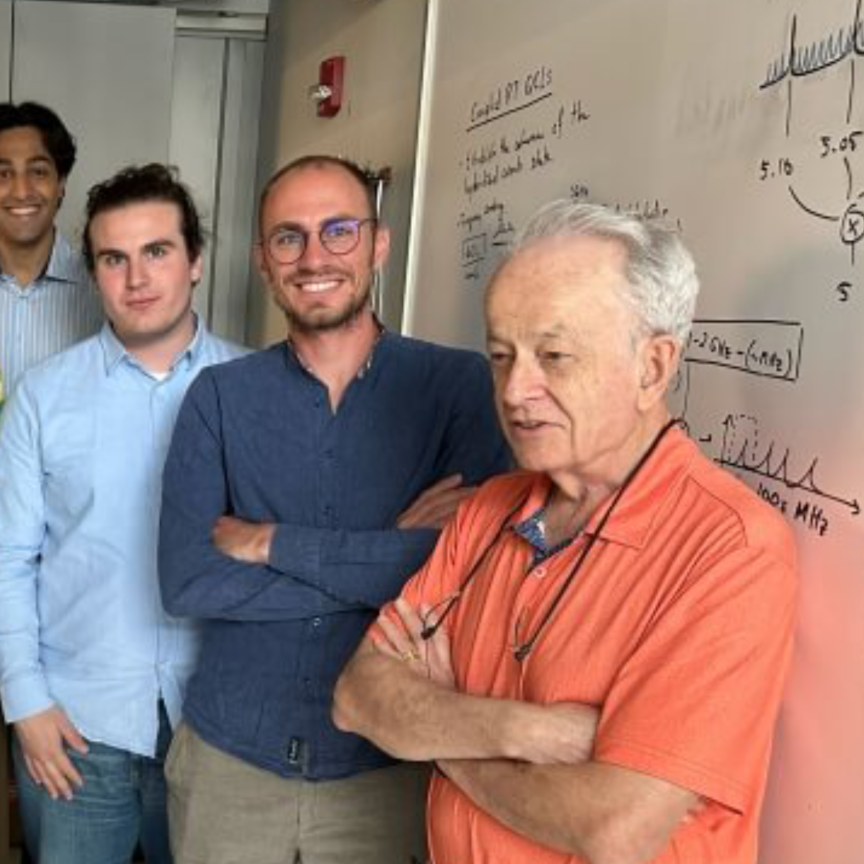Electro Optics turns 50 in 2018. To mark the occasion, experts across industry and academia review the current state of the photonics industry and highlight what needs to happen for the field to prosper over the next five decades.
Rob Morris, marketing director, Ocean Optics, says that science, education & entrepreneurship initiatives are needed to see growth in spectroscopy and photonics
Spectroscopy has become more accessible to more people than ever; no longer is the technology limited to the lab and available only to the most highly trained professionals. Across virtually all spectroscopy methods, from atomic to mass, systems have become less expensive to own and simpler to operate.
Our view is that the next evolution in spectroscopy will be in adding layers of connectivity (for example, by connecting the instrument to the internet and connecting instrument data to a community) and understanding (via more advanced algorithms and data management). On another level, the idea of emerging technologies like augmented reality could enhance how we make measurements and analyse the results.
Market changes
Over the next decade, global concerns such as food safety, healthcare and security will help drive the spectroscopy market. For example, an issue like food safety relates to many areas beyond food and agriculture, including the environment, climate control and well-being. The focus on these areas drives investment in research and development among institutions, entrepreneurs and corporations.
Consider the consequences of counterfeiting – an economic crime with an estimated $1 trillion annual cost to consumers and businesses. Spectroscopy offers many ways to counter this fraud, potentially thwarting wrongdoers, ensuring brand integrity, and assisting regulators.
Also, although the spectroscopy market is still dominated by instrumentation and hardware, one can envision a future where knowledge and expertise are what distinguish the most successful companies and entrepreneurs.
That’s not to suggest that manufacturing expertise is any less important. On the contrary, the further development of precision manufacturing – including automation of processes – is what will enable the scaling of applied science solutions for high-volume applications. Indeed, if industrial customers continue to value ease of use, convenience, time savings and prestige (a quality product), the ability to develop and produce application-specific measurement systems will distinguish the top suppliers.
Challenges in spectroscopy
Challenges exist across several fronts. In some countries, government, institution and even public support of science initiatives is threatened by varying degrees of politics, scepticism and lack of awareness. What’s more, the effects are felt not just by those who rely on institutional funding for their work, but on the corporate sector that often supports their efforts via products and consultation.
One way to take on these challenges is to improve the way scientists and technologists explain and promote their work to all people. Industry efforts like the 2015 International Year of Light are excellent vehicles for sharing how the science of light applies to the daily lives of everyone on the planet. At Ocean Optics, we believe that making science relatable and relevant takes more than lip service.
Enabling future innovation
In education, encouraging science, technology, engineering and maths (STEM) educational policy and curricula development is important, but we also should consider teaching how creativity and entrepreneurship drive technology.
Also, the industry should encourage affordable photonics education in less developed parts of the world, where major threats prevent citizens from enjoying the quality of life that many of us take for granted.
Ultimately, the photonics industry can encourage leaders across government and industry to take bold action on technology initiatives that address key concerns, articulate and promote those initiatives, and share the industry’s successes. If there are effective ways to harness the collective problem-solving power of scientists and developers, we can begin to solve some of the existential threats we face together.


